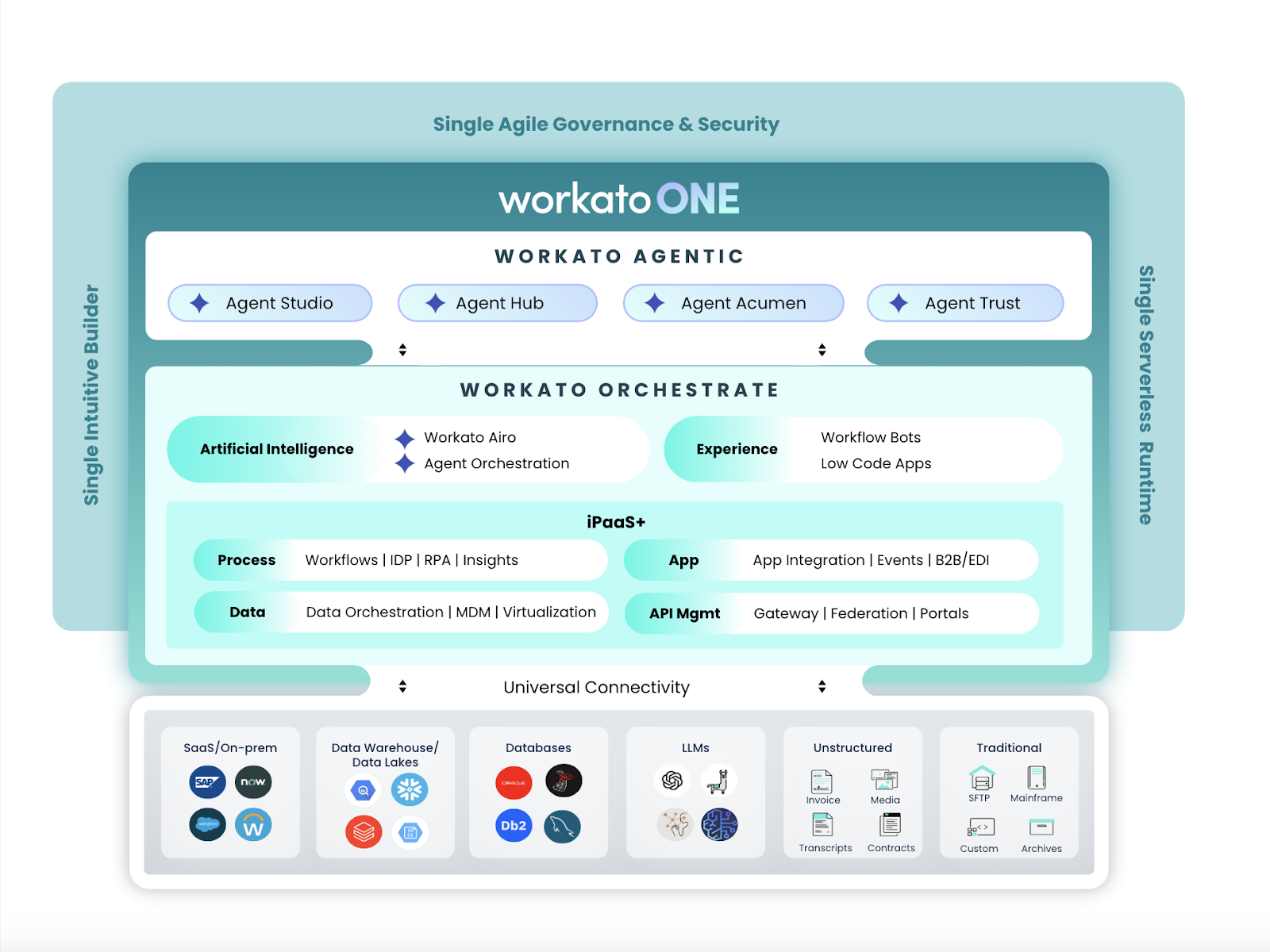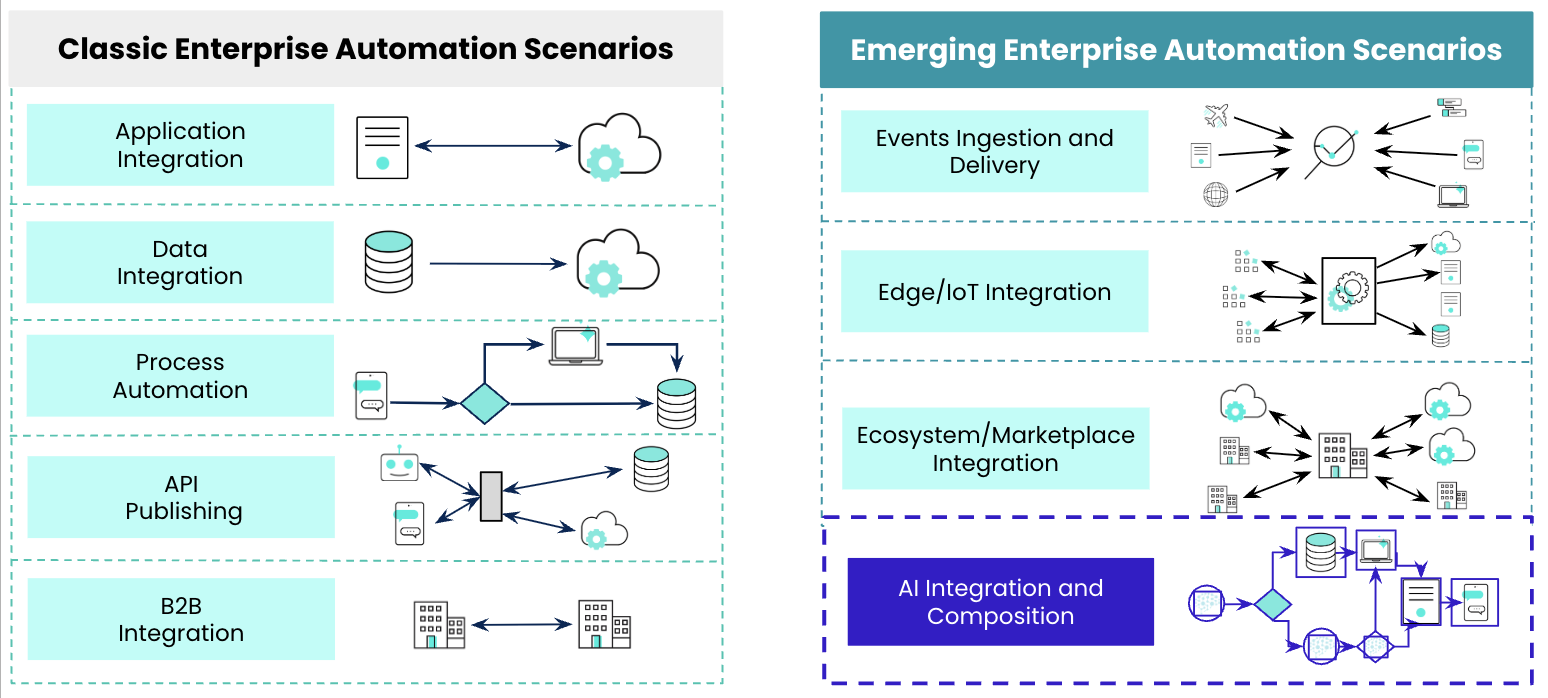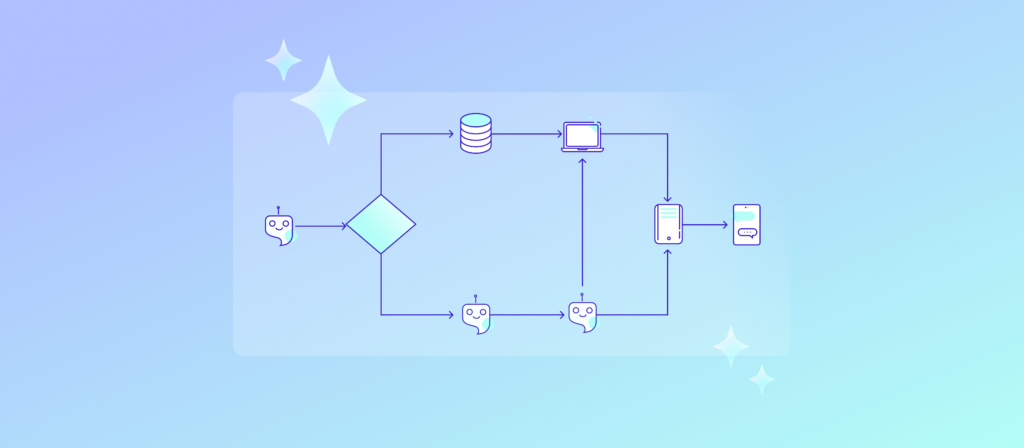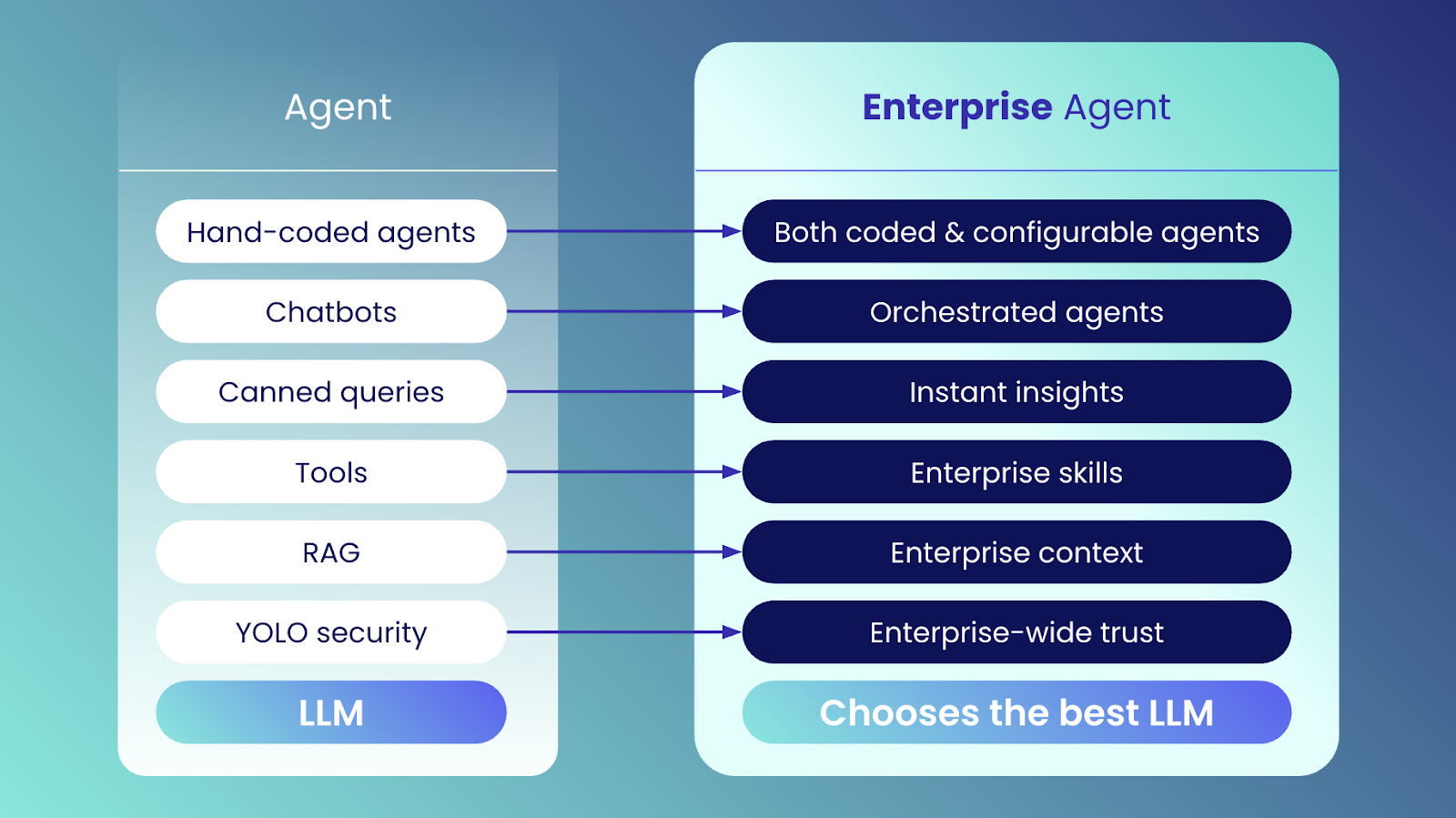Microsoft CEO Satya Nadella recently declared, “Software is dead; long live AI agents!” While this currently might be an overstatement, it signifies a fundamental shift in the enterprise software space. Just as we shifted from ESBs in the 2000s to iPaaS in the 2010s, so are we now moving into a new arena where AI and enterprise orchestration are becoming the new digital backbone of operational excellence across the industry. This brings up an important question: if software is in fact dead, how will these AI agents communicate with each other and the data and resources needed to make them productive? This is what was discussed in Workato’s recent webinar, “How to Integrate and Automate AI Workflows.”
Why Enterprise Orchestration is Critical for AI Success

The current AI landscape is handicapped by its siloed nature. Individual business units implementing AI in isolation create fragmented results. Without central coordination, companies waste resources on duplicate systems, incompatible technologies, and missed scaling opportunities. This siloed approach prevents the organization from maximizing AI’s full potential and ROI. This is where enterprise orchestration becomes essential. True enterprise orchestration isn’t like conducting separate musicians who follow explicit direction; it’s more like a jazz ensemble where skilled players harmonize intuitively without constant guidance.
Traditional integration involves:
Enterprise orchestration, on the other hand, provides:
- A unified platform for all integration patterns
- End-to-end process visibility
- Consistent governance across the organization
- Reusable capabilities that increase agility.

In the webinar, we went over an analogy of building the Eiffel Tower versus developing an electric car when choosing an integration solution. The Eiffel Tower is iconic but static and difficult to modify, while the electric car can continuously update and improve with little difficulty. Everyone should be asking the same question: Are we building to last, or are we building for change? Enterprise orchestration should follow the electric car model, built for continuous evolution.
Understanding AI Agents in Context
AI agents have become 2025’s most popular tech buzzword, but what truly makes an AI agent?
Workato’s framework identifies three specific components:
- Events/Conversation Interface: A natural language interface that supports users in interacting with the system.
- Context Awareness: Access to relevant information about the environment and specific domain knowledge.
- Action Execution: The ability to perform tasks in downstream systems.
The relationship between AI agents and enterprise orchestration is symbiotic. For an AI agent to connect to systems, access data, and execute actions, it needs the foundation that enterprise orchestration provides—not just for technical connectivity but also for user management, compliance, and governance.
Real World Examples of AI Integration
Asana’s AI-Enhanced CRM
Protik Ganguly, Integration Architect at Asana, implemented AI within their workflow automation to enhance their CRM processes. The implementation allows for:
- More accurate data analysis of marketing efforts.
- Augmented information to support sales processes.
- AI-drafted follow-up emails
- Automated note updates
This enables sales reps to focus on high-value interactions while ensuring all data is captured and analyzed effectively.
Monks’ Post-Merger Intelligence
Another impressive example of enterprise orchestration came from Monks, a digital ad agency that completed 34 global mergers in recent years. The challenge is how to maintain visibility across a complex ecosystem of inherited systems, processes, and data.
Monks deployed a Workato “Genie” (AI agent) that can answer questions like “How much business do we do with [client]?” by searching across disparate systems and compiling a unified view. This AI agent has helped break down data silos while maintaining security and compliance, allowing the organization to continue growing despite its complex IT landscape.
Getting Started with AI-Powered Workflows
Technical teams looking to implement AI within existing workflows can easily do so using an enterprise orchestration platform like Workato.
- Add AI steps to existing recipes: Incorporate calls to LLMs as steps in your integration flows, similar to how you might have previously used other API-based ML services.
- Build the right prompts: Ensure you’re providing the LLM with the necessary context and instructions to get useful outputs.
- Process the results: Use the orchestration platform to route the AI outputs to the appropriate systems or human reviewers.
However, before running straight to AI integration, it’s important to consider the following impacts:
- AI-Specific Risks: Misinterpretation of data, hallucinations, and other AI peculiarities.
- Regulatory Compliance: Navigating frameworks like the EU AI Act.
- Vendor Lock-In: Avoiding static, fragile implementations that are difficult to modify.
- Human Impact: Addressing cultural resistance and building trust in AI systems.
The key to mitigating these risks is implementing AI within a well-governed orchestration framework that provides:
- Centralized security controls.
- Comprehensive audit logging.
- Consistent user management.
- Clear approval workflows.
- Exception handling for edge cases.
The Future of Enterprise Orchestration and AI
The journey from traditional integration to AI-powered enterprise orchestration isn’t about replacing existing systems—it’s about enhancing them. Even in an agentic world, you still have systems today that need to feed in as part of that and actually bring in that harmony together.
The most successful organizations will be those that build a solid foundation of enterprise orchestration while strategically implementing AI at all three levels: in the platform, with the platform, and on top of the platform.
As we move from the “test and learn” phase of AI to scaled implementation, the combination of enterprise orchestration and artificial intelligence will enable organizations to achieve a “truly choreographed” business, one where processes flow seamlessly across departments and systems without constant manual intervention.
Interested in learning more about implementing AI within your workflows? Schedule a demo today.

